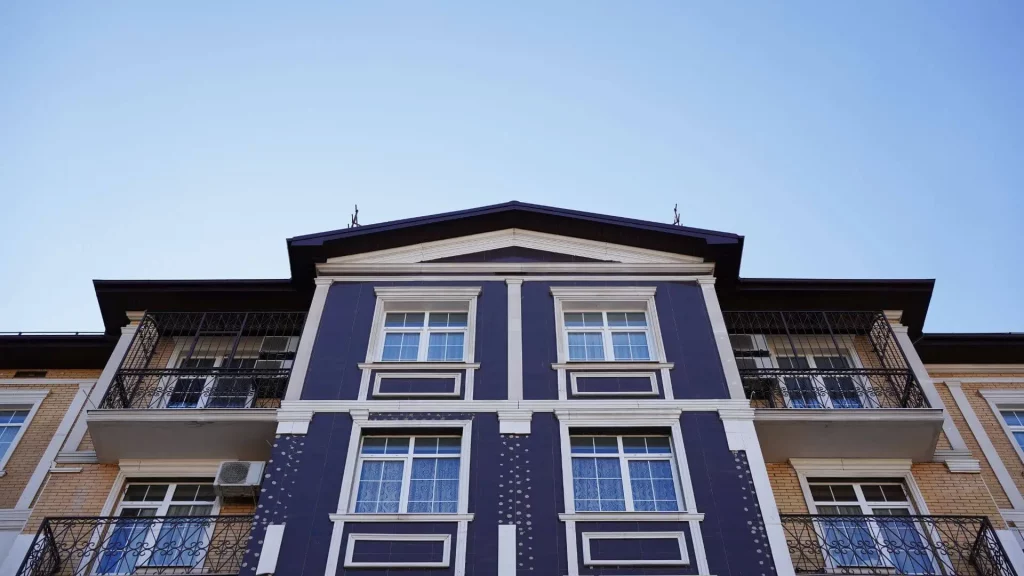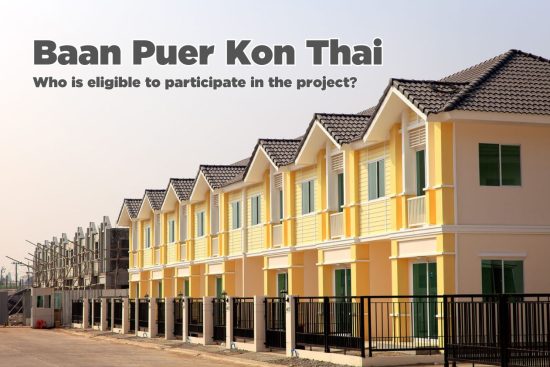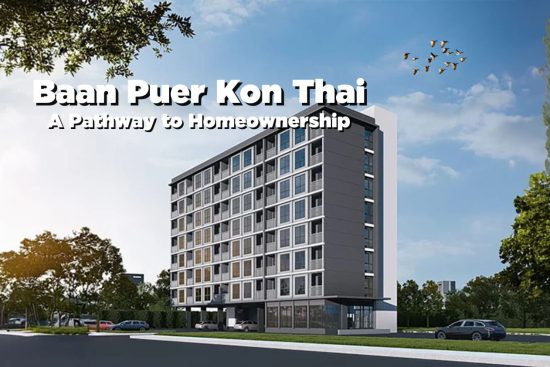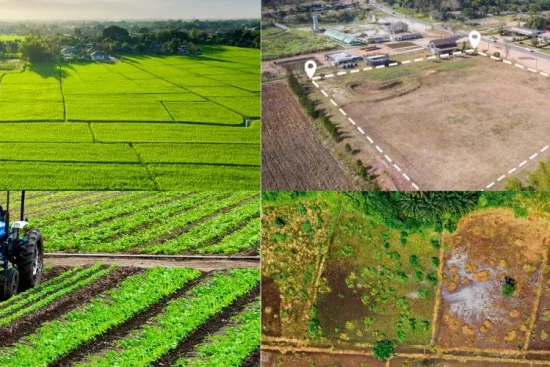
Affordable housing has become a pressing issue in many countries around the world. With rising populations and increasing urbanization, the demand for affordable housing has reached unprecedented levels. Unfortunately, the supply of affordable housing has not kept up with this demand, leading to a growing crisis. People are struggling to find housing that they can afford, and this has wide-ranging implications for social and economic stability.
The lack of affordable housing is particularly acute in major cities, where housing costs have skyrocketed in recent years. In many urban areas, the average rent or mortgage payment consumes a significant portion of a household’s income, leaving little room for other necessities. This situation has led to an increase in homelessness and a rise in overcrowded living conditions. It is clear that urgent action is needed to address this crisis and ensure that everyone has access to safe and affordable housing.
The Importance of Affordable Housing
Affordable housing is not just a matter of providing shelter. it is a fundamental human right. Access to safe and affordable housing is essential for individuals and families to thrive. Without stable housing, people face a range of challenges, including increased stress, poor health outcomes, and limited opportunities for education and employment. Affordable housing is the foundation upon which communities are built, and without it, social cohesion and economic development suffer.
Moreover, affordable housing plays a crucial role in reducing inequality and promoting social mobility. When individuals have access to affordable housing, they have more disposable income to invest in other areas, such as education and healthcare. This can break the cycle of poverty and create opportunities for upward mobility. Affordable housing also ensures that essential workers, such as teachers, healthcare professionals, and emergency responders, can afford to live in the communities they serve. This is vital for the well-being and resilience of our society as a whole.
Affordable Housing Statistics
The statistics surrounding affordable housing paint a grim picture of the current state of affairs. According to a recent report by the United Nations, over one billion people worldwide are living in inadequate housing or slums. In the United States alone, more than 38 million households are considered cost-burdened, meaning they spend more than 30% of their income on housing. This number is expected to rise as housing costs continue to outpace income growth.
The lack of affordable housing is not limited to developing countries or major cities. Rural areas also face significant challenges in providing affordable housing to their residents. Many rural communities are experiencing population decline as young people move to urban areas in search of better housing and job opportunities. This exodus further exacerbates the affordable housing crisis in these areas, as the demand for housing decreases, making it even more difficult for those who remain to find affordable options.
Challenges in the Affordable Housing Market
There are several key challenges that contribute to the affordable housing crisis. One of the main challenges is the high cost of land and construction materials. As urban areas become more densely populated, land prices rise, making it difficult to develop affordable housing projects. Additionally, the cost of materials, such as lumber and cement, has been steadily increasing, further driving up construction costs. These factors make it financially unfeasible for developers to build affordable housing units without some form of subsidy or government intervention.
Another challenge is the lack of available financing options for affordable housing projects. Traditional lenders are often reluctant to provide loans for affordable housing developments due to perceived risks and lower profit margins. This creates a financing gap that makes it difficult for developers to secure the necessary funds to build affordable housing projects. As a result, many proposed projects never get off the ground, leaving a gap between the supply and demand for affordable housing.
Zoning and regulatory barriers also pose significant challenges to the development of affordable housing. Many communities have strict zoning regulations that limit the density of housing developments or require a certain percentage of units to be designated as affordable. While these regulations are well-intentioned, they can inadvertently restrict the supply of affordable housing by making it more difficult and costly to build. Streamlining the regulatory process and removing unnecessary barriers can help incentivize developers to invest in affordable housing projects.
Innovative Solutions for Affordable Housing
Addressing the affordable housing crisis requires innovative solutions that go beyond traditional approaches. One such solution is the use of modular construction techniques. Modular housing involves the construction of individual housing units off-site in a factory and then assembling them on-site. This method can significantly reduce construction costs and time, making it a more affordable option. Additionally, modular housing can be easily scaled up or down to meet varying demand, making it a flexible solution for addressing the housing needs of different communities.
Another innovative solution is the development of mixed-income housing projects. Rather than segregating affordable housing units from market-rate units, mixed-income projects integrate both types of housing into a single development. This not only helps to reduce the stigma often associated with affordable housing but also creates diverse and vibrant communities. Mixed-income housing projects can be supported through public-private partnerships, where developers receive incentives or tax credits in exchange for including affordable units in their developments.
Shared-equity homeownership programs are also gaining traction as a viable solution for affordable housing. These programs allow individuals or families to purchase a portion of a home while a nonprofit organization or housing cooperative retains ownership of the remaining share. This reduces the upfront cost of homeownership and provides ongoing support and affordability safeguards. Shared-equity homeownership programs help to create long-term affordable housing options and promote community stability.
Government Initiatives for Affordable Housing
Government intervention is crucial in addressing the affordable housing crisis. Many governments have implemented various initiatives to increase the supply of affordable housing and make it more accessible to those in need. One such initiative is the provision of subsidies or rental assistance to low-income households. These programs help to bridge the gap between what individuals can afford to pay and the actual cost of housing. Rental assistance programs, such as Section 8 in the United States, provide direct financial support to eligible households, enabling them to access safe and affordable housing in the private market.
In addition to direct financial assistance, governments can also enact policies that encourage the development of affordable housing. This can include tax incentives for developers, streamlined approval processes, and zoning changes to allow for increased density or mixed-use developments. Governments can also partner with nonprofit organizations and community land trusts to acquire and preserve existing affordable housing units. By taking an active role in the affordable housing market, governments can help to ensure that everyone has access to affordable and stable housing.
The Role of Technology in Affordable Housing
Technology has the potential to revolutionize the affordable housing industry. From the design and construction phase to the management and maintenance of affordable housing units, technology can streamline processes and reduce costs. One area where technology is making a significant impact is in the development of sustainable and energy-efficient housing. Innovative building materials, such as solar panels and insulation, can help to reduce utility costs and make housing more affordable in the long run.
Digital platforms and applications can also improve the efficiency of affordable housing management. For example, property management software can automate rent collection, maintenance requests, and tenant screening, making it easier for landlords and property managers to manage their affordable housing portfolios. Additionally, virtual reality and augmented reality can be used to provide virtual tours of affordable housing units, allowing potential tenants to visualize the space before making a decision. These technological advancements can help to streamline operations, reduce costs, and improve the overall quality of affordable housing.
Collaborative Approaches to Affordable Housing
Collaboration among various stakeholders is essential for addressing the affordable housing crisis effectively. Governments, developers, nonprofit organizations, and community members must work together to develop comprehensive solutions. One successful collaborative approach is the creation of land trusts. Land trusts are nonprofit organizations that acquire and hold land for the purpose of creating affordable housing. By removing land from the speculative market, land trusts can help to stabilize housing costs and ensure long-term affordability.
Public-private partnerships are another effective collaborative approach. These partnerships involve the cooperation between government entities and private developers to create affordable housing projects. The government provides incentives, subsidies, or tax credits to developers in exchange for including affordable units in their developments. This partnership allows for the leveraging of private sector resources and expertise while ensuring that affordable housing is integrated into new developments.
Community-based organizations also play a crucial role in addressing the affordable housing crisis. These organizations work directly with community members to identify their housing needs and develop tailored solutions. Community land trusts, cooperative housing, and self-help housing programs are examples of community-based initiatives that empower individuals and communities to take an active role in creating and maintaining affordable housing options.
The Future of Affordable Housing
The future of affordable housing depends on our collective commitment to finding innovative and sustainable solutions. While the challenges are significant, there are reasons for optimism. Governments around the world are recognizing the importance of affordable housing and implementing policies and initiatives to address the crisis. The development of new technologies and construction methods holds the promise of reducing costs and increasing the efficiency of affordable housing projects. Collaboration among stakeholders is also key, as it allows for the pooling of resources and expertise to create comprehensive solutions.
As individuals, we can contribute to the future of affordable housing by advocating for policy changes, supporting affordable housing initiatives, and volunteering our time and skills to organizations working in this field. Affordable housing is not just a problem for governments and policymakers to solve; it requires the collective effort of society as a whole. By working together, we can ensure that everyone has access to safe and affordable housing, creating stronger, more inclusive communities for the future.
Real Estate News
-
phum
- 04 Apr 2025
Golden Location Condos in Bangkok
Golden Location Condos in Bangkok Remain Attractive: Drawing in Foreigners and Investors ️ In recent years, the real estate market…
-
phum
- 25 Feb 2025
Condo Bangkok 2025 Prime Locations and Attractive Prices for Every Lifestyle
Condo Bangkok 2025: Prime Locations and Attractive Prices for Every Lifestyle Bangkok, the vibrant capital of Thailand, remains a top…
-
phum
- 19 Feb 2025
Investable Condominiums in Bangkok 2025
Investment-Worthy Condos in Bangkok 2025: Exploring Locations and Investment OpportunitiesInvesting in **investment-worthy condos in Bangkok** for 2025 is capturing the…
-
phum
- 22 Jan 2025
Who is Eligible for the ‘Baan Puer Kon Thai’ Project?
"Who is Eligible for the 'Baan Puer Kon Thai' Project?" The 'Baan Puer Kon Thai' project is a great initiative…
-
phum
- 21 Jan 2025
“Baan Puer Kon Thai” A Pathway to Homeownership
"Baan Puer Kon Thai": A Pathway to HomeownershipIntroductionThe "Baan Puer Kon Thai" project is a significant government initiative aimed at…
-
phum
- 06 Sep 2024
Why are Pattaya condos a popular option?
Why are Pattaya condos a popular option? If you’re dreaming of owning a property in Thailand, "Condo Pattaya" could be…
-
phum
- 03 Sep 2024
Condominiums along the MRT Blue Line An Update (August 2024)
ภาพจาก:https://www.nationtv.tv คอนโดติด MRT สายสีน้ำเงิน (สิงหาคม 2567) วันนี้เรามาสำรวจและวิเคราะห์สถานการณ์ตลาดคอนโดมิเนียมที่ตั้งอยู่ใกล้รถไฟฟ้า MRT สายสีน้ำเงิน โดยสรุปใจความสำคัญได้ดังนี้ สรุปภาพรวมตลาด ราคา: ราคาคอนโดฯ บริเวณสายสีน้ำเงินมีความหลากหลายขึ้นอยู่กับทำเลและโครงการ โดยโซนจรัญสนิทวงศ์ฝั่งเหนือยังคงเป็นโซนราคาประหยัดที่สุด ขณะที่โซนใจกลางเมืองอย่างอโศก…
-
John Smith
- 16 Feb 2024
Types of Thai Land: A Comprehensive Overview
Types of Thai Land: A Comprehensive Overview Thailand's landscape is as diverse as its culture, offering a myriad of land…








